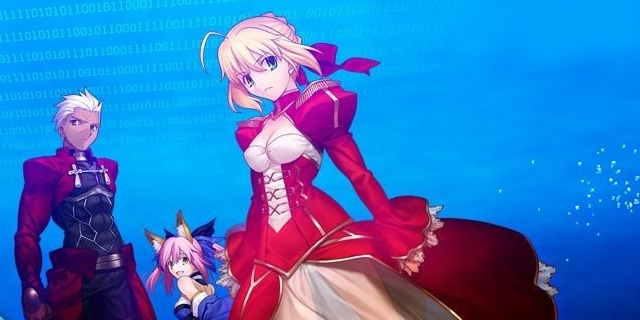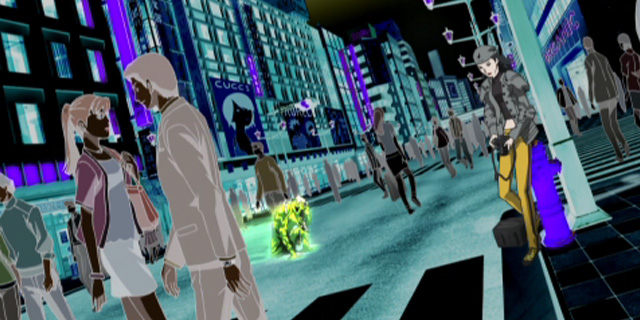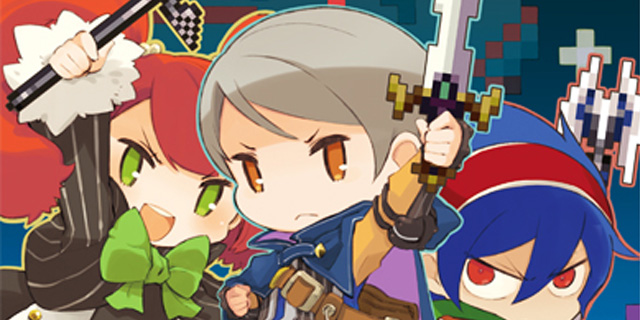Square Enix has never stopped pumping out Final Fantasy games, but my personal favorite is Final Fantasy IV. Everybody has played this one by now – it was first available on the SNES, then the PSX, GBA, DS, and now the PSP. Why would you consider playing it again? Because the PSP version returns to sprite-based art and includes Final Fantasy IV: The After Years along with an Interlude bridging the two games that isn’t available anywhere else. For those who have never played FF4, or those that want the entire story on a single platform, Final Fantasy IV Complete is the version to pick up.
Square Enix is no stranger to rereleasing their back-catalog on modern platforms, but with Final Fantasy IV Complete you get updated sprites and magic effects instead of the same graphics you saw on the SNES (PSX, GBA) or Square Enix’s terrible idea of what 3D on the DS ought to look like (DS). Audio is upgraded as well, but you have the choice between the SNES-original soundtrack and an updated score, and both are worth listening to. While the original is full of classics, the update calls back to the original wonderfully. You won’t forget what you’re playing, and you’ll find yourself humming the new music just as much as the old. Where Final Fantasy IV really shines, though, is its characters. Final Fantasy IV plays the most like a true role-playing game out of any Final Fantasy game I’ve played. Characters are complex, have their own motivations for tagging along with you, and don’t have plot armor. You will control up to five characters at a time, and it’s believable because when you have three party members then that is who you’ll use in battle. You will never have people sitting on the bench while your mains fight, and that’s refreshing. Everybody is walking through this cave, and for once in a JRPG they’re all taking part in every battle.
Odds are that if you’re at all interested in this collection you’ve played Final Fantasy IV. New content is probably why you’re here, and Final Fantasy IV Interlude and Final Fantasy IV: The After Years are it. The After Years was originally only available on the Nintendo Wii through the WiiWare download service, and it follows Cecil’s son Ceodore as a new villain emerges and threatens the world 17 years after you saved it in the original game. You’ll control and meet many of the same characters that you got to know over the course of Final Fantasy IV, and everything should feel familiar. The graphics are the same type of upgraded sprites that you’ll find in Final Fantasy IV. The battle system, though, while similar has seen a couple of updates. First, you can “band” attacks together. Banding works like Double and Triple Techs from Chrono Trigger and makes for more strategic battles. Not everybody can summon (just like Final Fantasy IV characters are restricted to their one preset class), and banding gives you a more powerful option to break out in battles. The second addition is that of lunar cycles. Some monsters only appear during certain phases of the moon, and your party’s combat prowess is affected by the moon as well. Some phases favor melee strength over magic while others are the exact opposite. This means you won’t be leaning just on one party member since every stay at an inn can drastically alter who your primary damage dealer is.
Interlude serves to bridge Final Fantasy IV and The After Years with a chapter showing some of the events that take place in the 17 years between the two. It fits well between the two games, and the style meshes well with the rest of the package, and it should since Interlude had may as well be the new chapter 1 of The After Years.
You’re really getting the most bang for your buck with this package. Upgraded sprite graphics, cutscenes from the DS version, content previously only available via WiiWare, and a chapter that can’t be had on any other platform make The Complete Collection the definitive version of Final Fantasy IV. Now maybe SE can move on to giving Final Fantasy VI a similar treatment on the PSP.
Pros: Tons of content, beautiful upgraded sprites, great musical choices, finally a single collection
Cons: Lack of diagonal movement (FF4 was a SNES game, after all)






















